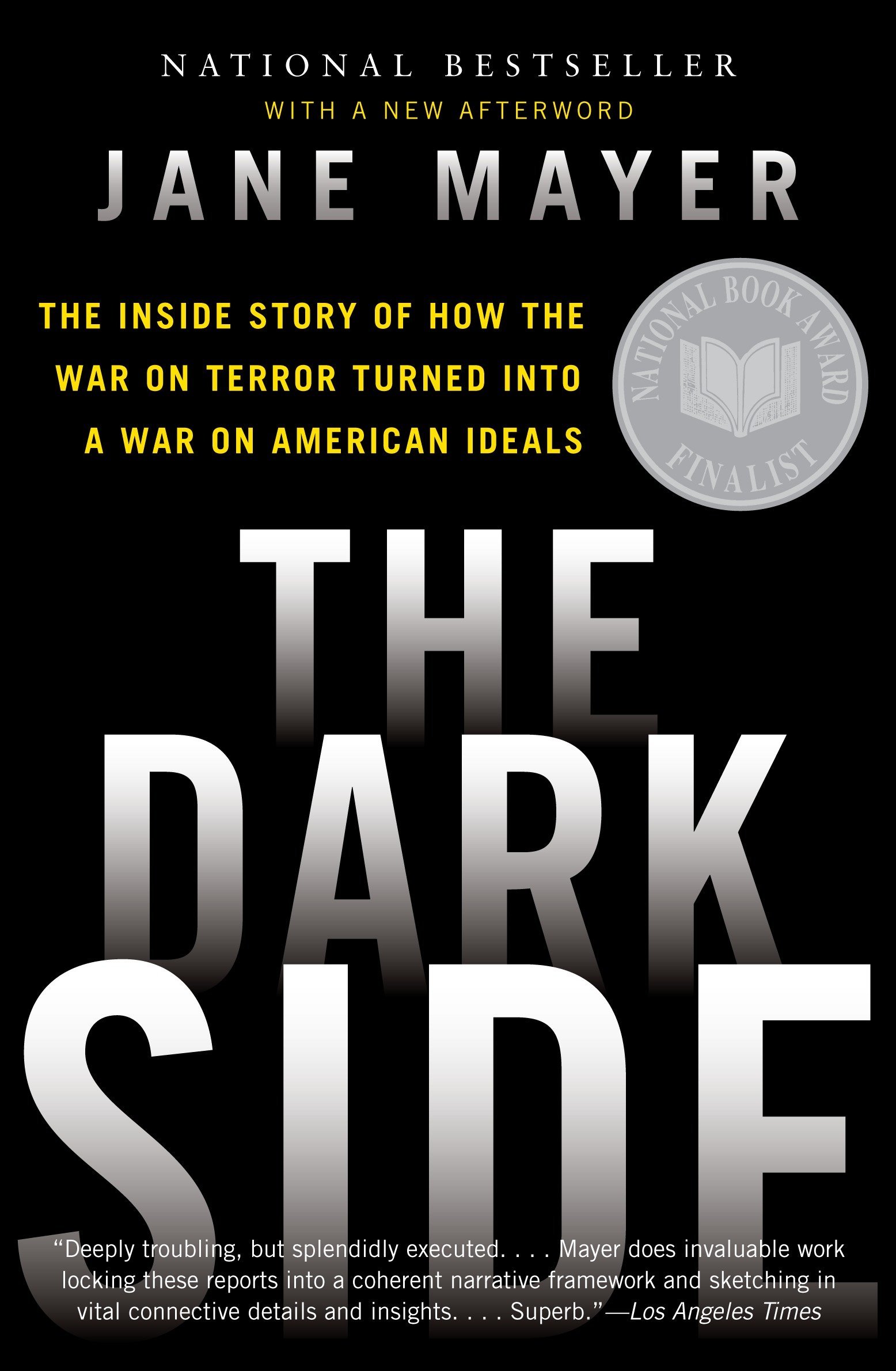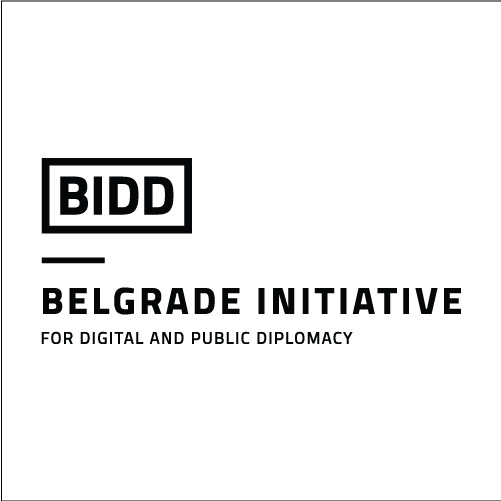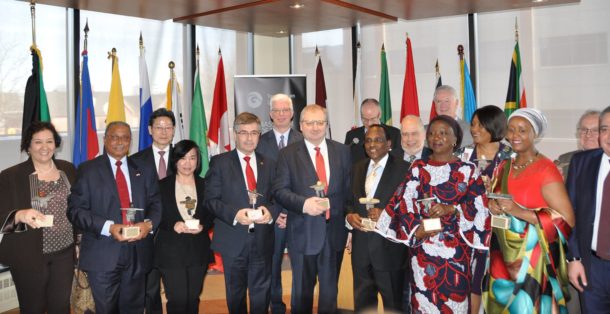realinstitutoelcano.org image (not from article) from
image (not from article) from
Corneliu Bjola | Head of the Oxford Digital Diplomacy Research Group
(#DigDiploROx) | @CBjola
Excerpt:
Theme
The ‘dark side’ of digital diplomacy, that is, the strategic use of digital technologies as tools to counter disinformation and propaganda by governments and non-state actors has exploded in the recent years thus putting the global order at risk.
Summary
The ‘dark side’ of digital diplomacy, that is, the strategic use of digital technologies as tools to counter disinformation and propaganda by governments and non-state actors has exploded in the recent years thus putting the global order at risk. Governments are stepping up their law enforcement efforts and digital counterstrategies to protect themselves against disinformation, but for resource-strapped diplomatic institutions, this remains a major problem. This paper outlines five tactics that, if applied consistently and with a strategic compass in mind, could help MFAs and embassies cope with disinformation. …
Tactic #5: Disrupting
One way in which the costs of engaging in disinformation could be increased is by disrupting the network the opponent uses for disseminating disinformation online. This would imply the mapping of the network of followers of the opponent, the tracing of the particular patterns by which disinformation is propagated throughout the network, and the identification of the gatekeepers in the network who can facilitate or obstruct the dissemination of disinformation … Once this accomplished, the disruption of the disinformation network could take place by targeting gatekeepers with factual information about the case, encouraging them not to inadvertently promote ‘fake news’ and falsehoods, and in extreme situations by working with representatives of digital platforms to isolate gatekeepers who promote hate and violence. …
The Israeli foreign ministry has been one of the MFAs applying this tactic, in this case for stopping the spread of anti-Semitic content. Accordingly, the ministry starts first by identifying gatekeepers and ranking them by their level of online influence. (16) It then begins approaching and engaging with them online, with the purpose of making them aware of the fact that they sit an important junction of hate speech. The ministry then attempts to cultivate relationships with these gatekeepers so that they may refrain from
—
16 Ilan Manor, ‘Using the Logic of Networks in Public Diplomacy’, Centre on Public Diplomacy [JB emphasis] Blog, Jan. 31, 2018. …
Five counter-disinformation tactics for diplomats
Tactic #1: Ignoring
Ignoring trolling and disinformation is often times the default option for digital diplomats working in embassies and for good reasons. The tactic can keep the discussion focused on the key message, it may prevent escalation by denying trolls the attention they crave, it can deprive controversial issues of the ’oxygen of publicity’, and it may serve to psychological protect digital diplomats from verbal abuse or emotional distress. The digital team of the current U.S. Ambassador in Russia seems to favour this tactic as they systematically steer away from engaging with their online critics … . This approach stands in contrast with the efforts of the former Ambassador, Michael McFaul, who often tried to engage online with his followers and to explain the position of his country on various political issues to Russian audiences, only to be harshly refuted by the Russia Ministry of Foreign Affairs (MFA) or online users … .
Conclusions
As argued elsewhere, digital disinformation against Western societies works by focusing on exploiting differences between EU media systems (strategic asymmetry), targeting disenfranchised or vulnerable audiences (tactical flexibility), and deliberately masking the sources of disinformation (plausible deniability). The five tactics outlined in this paper may help MFAs and embassies better cope with these challenges if applied consistently and with a strategic compass in mind. Most importantly, they need to be carefully adapted to the context of the case in order to avoid unnecessary escalation. Here are
ten questions that may help guide reflection about how to decide what tactic is appropriate to use and in what context:
• What type of counter-reaction would reflexively serve to maximise the strategic objectives of the opponent?
• What are the risks of ignoring a trolling attack or disinformation campaign?
• What type of disinformation has the largest potential to have a negative political impact for the embassy or the MFA?
• To what extent giving the “oxygen of publicity” to a story will make the counterreaction more difficult to sustain?
• What audiences are most open to persuasion via factual information? What audiences are less open to be convinced by facts?
• What type of emotions resonate with the audience in specific contexts and how to invoke them appropriately as a way of introducing factual information?
• What type of humor works better with the target audience and how to react to situations when humor is used against you?
• How best to leverage the contradictions and inconsistencies in the opponent’s message without losing the moral ground?
• Who are the gatekeepers in the opponent’s network of followers and to what extent can they be convinced to refrain from sharing disinformation online?
• Under what conditions is reasonable to escalate from low-scale counter-reactions (ignoring, debunking, ‘turning the tables’) to more intense forms of tactical engagement (discrediting, disrupting)?







